How a horse-mad Englishman pioneered the modern circus
Roll up, roll up! The tricks, flicks and show-stopping stunts of the modern circus owe their existence to the vision of Philip Astley, who marked out a circus ring 250 years ago, says Octavia Pollock.

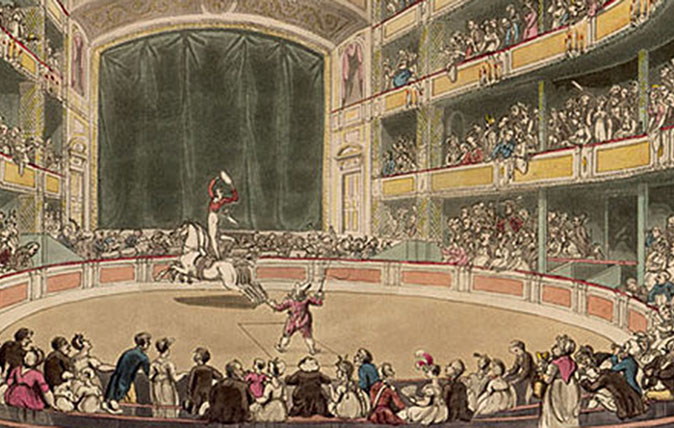
Imagine you are standing on a horse’s back, your knees flexing in time with the stride, your sequins glittering and flashing in the spotlight. The air is full of the smell of sawdust and warm horse hair, the shadowy faces beyond the ring agog with excitement. You are perfectly balanced, speed and circular route in equilibrium as you wave at the crowds.
This euphoric mix of horse, human and showbusiness owes its life to one man: Philip Astley. In 1768, he opened his riding school at Halfpenny Hatch in Lambeth, where he taught riding in the morning and thrilled audiences with trick riding in the afternoon.
Seeking the best way to show off his acts, he created a circular ring and finally settled on a 42ft diameter as the optimum size for his grand amphitheatre near Westminster Bridge. Day after day, people gathered to be thrilled by ‘Slack Rope Vaulting’, ‘Herculean Pyramids’, ‘A Minuet danced by Two Horses’, ‘Feats on Horseback by a Young Lady’, ‘Lofty Tumbling’ and hilarious comic sketches.
Acrobats had entertained people for thousands of years: images from Ancient Egypt and China show trapeze artists, jugglers and trick riders. In medieval times, they flourished at trade fairs, often travelling to escape accusations of witchcraft. At the Tudor Court, jesters - or clowns - flourished, developing comedic routines and tumbles, and trick riders, led by the British and Spanish, were long admired in a world in which horses were key to daily life.
It was Astley, however, who put it all together. Born in Newcastle-under-Lyme to a cabinetmaker, he spurned his father’s profession to join the 15th Light Dragoons. He’s mentioned in the regiment’s records for his ‘great activity and excellence in horsemanship; and by a peculiar power he exercised in training and subduing horses’. During the Seven Years’ War, he won acclaim for rescuing the Duke of Brunswick from the enemy and capturing the French colours.
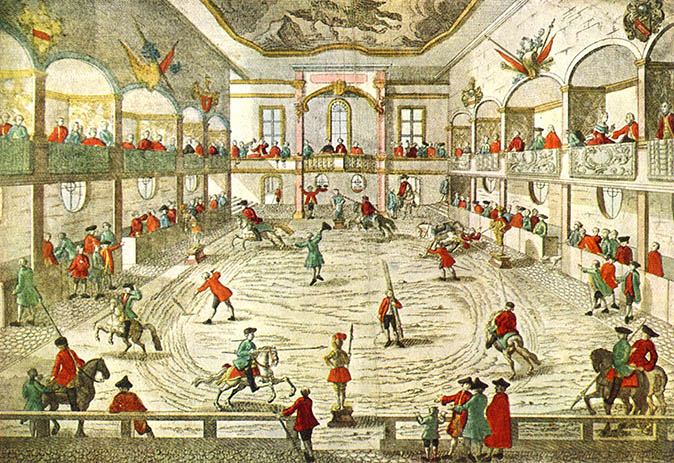
In 1766, Astley requested to be discharged, whereupon he was presented with a splendid white charger, the ‘Spanish horse’ Gibraltar. He had married Patty Jones, an accomplished rider, the year before and, together, they set out to exhibit ‘feats of horsemanship’.
Ever the showman, Astley rode Gibraltar in full uniform through the streets of London to drum up the crowds - his military dress is still echoed in ringmasters’ costumes today. He saved a pony, Billy, from Southwark cattle market and taught him to do tricks such as counting, feigning death and even firing a pistol - founding a long line of Little Military Learned Horses - and, with the ‘Taylor of Brentford’ act, put a clown on horseback for the first time. With its blend of horses and humour, it was an instant success.
Exquisite houses, the beauty of Nature, and how to get the most from your life, straight to your inbox.
The Astleys performed for George III and Louis XV in France, toured England, opened amphitheatres in Dublin and Paris and their son, John, born in 1767, had his first benefit evening at the age of five; he eventually took over the business.
'Astley built a stage upon the backs of his horses. He was nothing if not inventive'
It wasn’t all stardust, however. The amphitheatres burnt down twice, unsurprisingly, considering Astley’s fondness for gunpowder - one playbill proclaims the ‘True English bulldog who will ascend in a Parachute, surrounded by Fireworks’. He fell foul of bureaucracy several times, even spending a few weeks in prison before the Lord Chancellor, whose daughters he had taught to ride, intervened. Problems arose principally because conventional theatres objected to the circus’s success and insisted it contravened licensing laws that said only theatres could use the spoken word. Astley reacted by removing speech, which had the happy (and still extant) result that any performer of any nationality could join his troupe.
In Paris, where he built a successful amphitheatre in 1783 (and from which he fled at the Revolution), officials stated that acrobats couldn’t perform on stage, so he built a stage upon the backs of his horses, thus creating a legal ‘equestrian’ act. He was nothing if not inventive.
He needed his inventiveness to keep ahead of his rivals, particularly his former pupil Charles Hughes, who erected his Riding School in 1772 and a Royal Circus (the first to use the name) in 1782. Larger than life, fierce and indefatigable, Astley inspired great respect, but perhaps not liking. As a result, Hughes and his partner Charles Dibdin tempted many of the military man’s company - even his father - to the new venue.
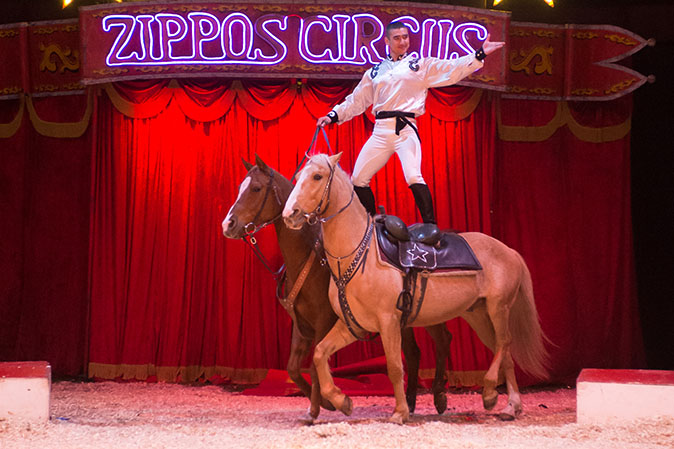
The Royal Circus was plagued by disasters and Hughes was eventually pushed out by his funding partners, but the pair’s rivalry saw them achieve new heights of spectacle: the first circus parade was organised by Astley to draw the crowds to his show.
It’s the ability to adapt that’s kept the circus alive for 250 years. ‘Astley’s impact on culture was greater than Shakespeare’s,’ says Dr Dea Birkett, ringmaster of the Circus250 festival. ‘He created an artform that adapts to every country. Physicality, risk, muscularity, sensuality, the engagement of all the senses - those threads are worldwide.’
The influence is being felt in mainstream theatre, too. Frazer Flintham’s new play Astley’s Astounding Adventures, which premiered at the New Vic in Newcastle-under-Lyme in July, tells the story of his life through theatrical ingenuity: saddles swing from the ceiling as actors turn acrobat.
‘We’re celebrating the birth of an artform through art,’ says director Theresa Heskins, whose co-director Vicki Amedume is an aerialist and founder of contemporary circus Upswing.
‘Astley made such a big impact on culture, bringing so many people together.’
The first circus has given birth to myriad acts, from Cirque du Soleil to the Spirit of the Horse, but the classic circus ring is alive and well.
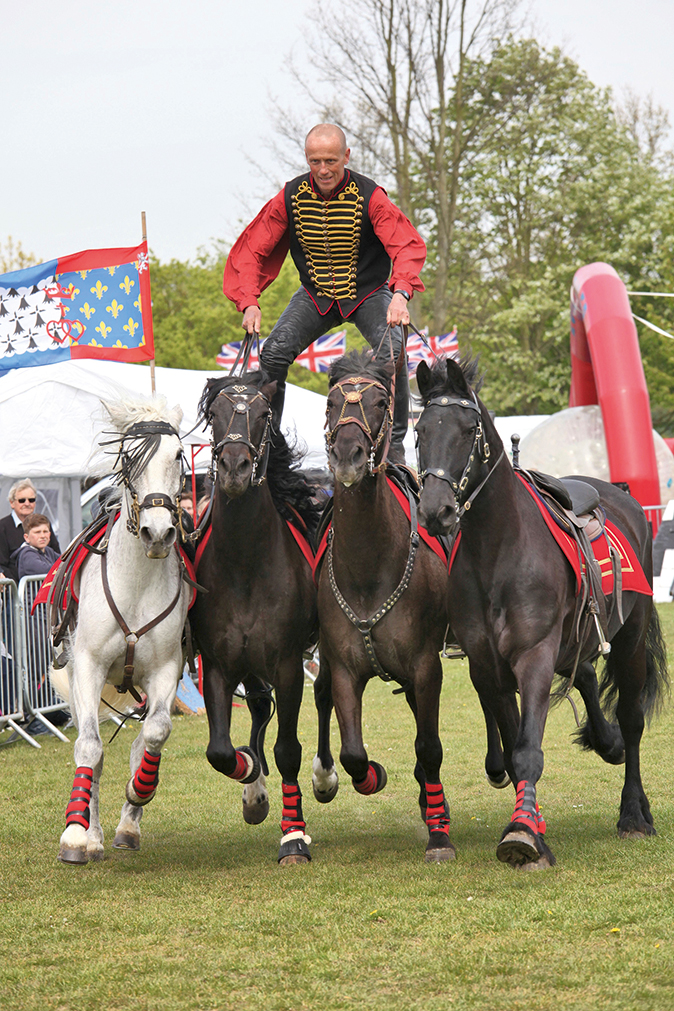
‘The diameter is the key to everything,’ says Martin Burton, who founded Zippos Circus 40 years ago. ‘The standard size means I can engage acts from anywhere in the world.’ This year, a troupe from Kazakhstan will stand on two horses as two others pass below in a re-creation of ‘The Courier of St Petersburg’, an act invented by Astley’s manager and trick rider Andrew Ducrow.
Zippos travels from place to place in the style of the great American pioneers, such as P. T. Barnum, who took Astley’s idea and created the Big Top. ‘We can put it up in five hours and take it down in three,’ says Martin. ‘Equipment will evolve, but circus skills won’t change. It will still be hugely popular in another 250 years.’
Performers in Giffords Circus, founded by Nell and Toti Gifford in 2000, hail from Cuba, Portugal, Italy and Romania, among others. ‘Circus is diverse, accessible, joyful, exciting,’ says Nell. Watching the sizzling show, reactions ranged from ‘wow’ to ‘how’ as acrobats pinged into chairs held aloft and balanced atop ladders resting on upturned feet, then turned to smiles at Liberty Ponies and hysterical laughter at Tweedy the Clown. (Astley would, no doubt, sympathise with the officialdom that saw Giffords reported to Defra for allegedly using a small brown bear. The costume is good, but not that good.)
‘We felt Astley was lost in history,’ says illusionist and juggler Andrew van Buren, who, with his circus-performer father, Fred, has erected a statue of the great man in Newcastle-under-Lyme. ‘Even here in his birthplace, his name was forgotten.’ This year will change that.
As Dea says: ‘No one leaves the circus unhappy.’ What better way to escape the travails of life than to lift the flap of the Big Top and experience the magic that Astley conjured?
Find out more about the celebrations for the 250th anniversary of the circus at the Circus 250 website, www.circus250.com; Zippos Circus tours until August 28 – see www.zippos.co.uk for more details; Giffords Circus tours until September 30 – see www.giffordscircus.com.
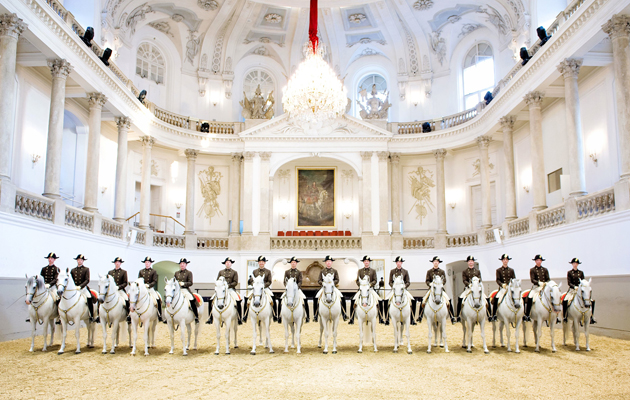
Bring on the dancing white horses
The Spanish Riding School of Vienna have been dazzling audiences for almost 450 years. This autumn, they will be joined
Horses & the War
Read our amazing selection of images and articles on horses during the First World War, from their role at the
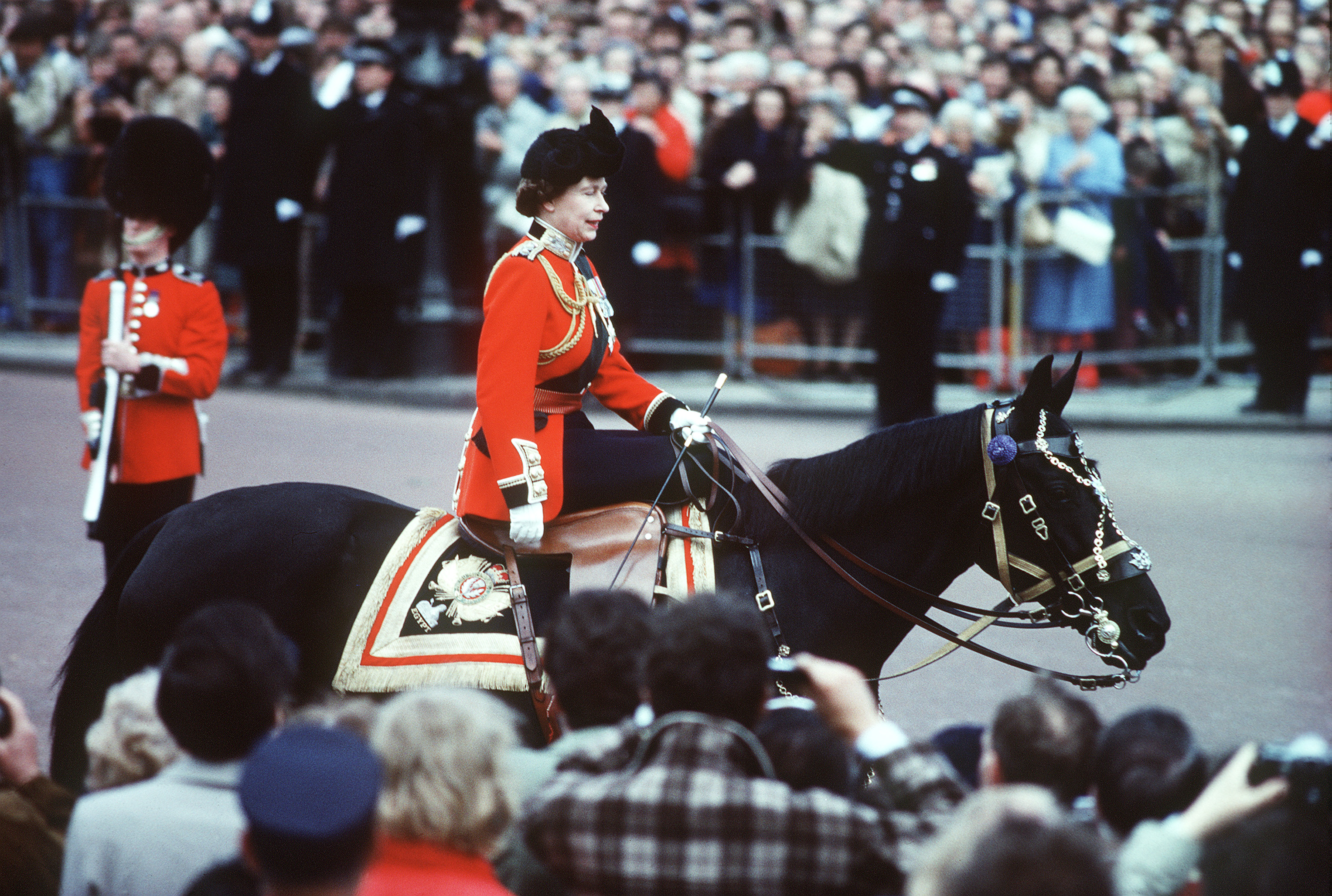
50 greatest horses of all time
In praise of brilliant horses.
Octavia, Country Life's Chief Sub Editor, began her career aged six when she corrected the grammar on a fish-and-chip sign at a country fair. With a degree in History of Art and English from St Andrews University, she ventured to London with trepidation, but swiftly found her spiritual home at Country Life. She ran away to San Francisco in California in 2013, but returned in 2018 and has settled in West Sussex with her miniature poodle Tiffin. Octavia also writes for The Field and Horse & Hound and is never happier than on a horse behind hounds.

